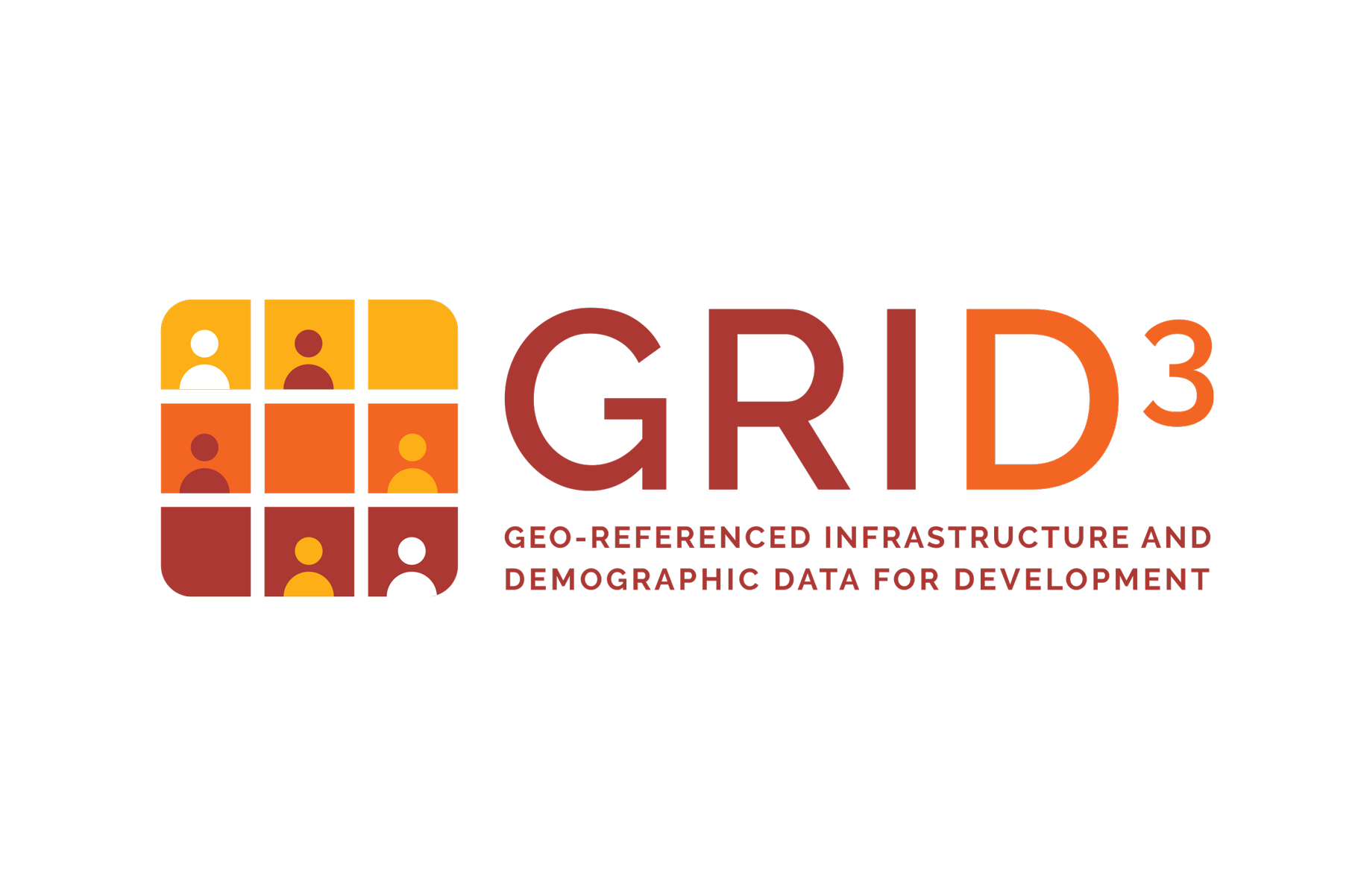
GRID3 (Geo-Referenced Infrastructure and Demographic Data for Development) works with countries to generate, validate and use geospatial data on population, settlements, infrastructure, and boundaries. GRID3 combines the expertise of partners in government, United Nations, academia, and the private sector to design adaptable and relevant geospatial solutions based on capacity and development needs of each country.
The programme provides countries with a unique package of tools with which to generate open-source data, support for data applications to ensure effective impact, and training to strengthen the national geospatial foundation for future evidence-based development and humanitarian decision making.
The programme offers a unique and efficient approach, combining the highest-resolution and most recent satellite imagery, dynamic modelling and newest scientific methods, and capacity strengthening services to ensure sustainable use of geospatial data nationally.
